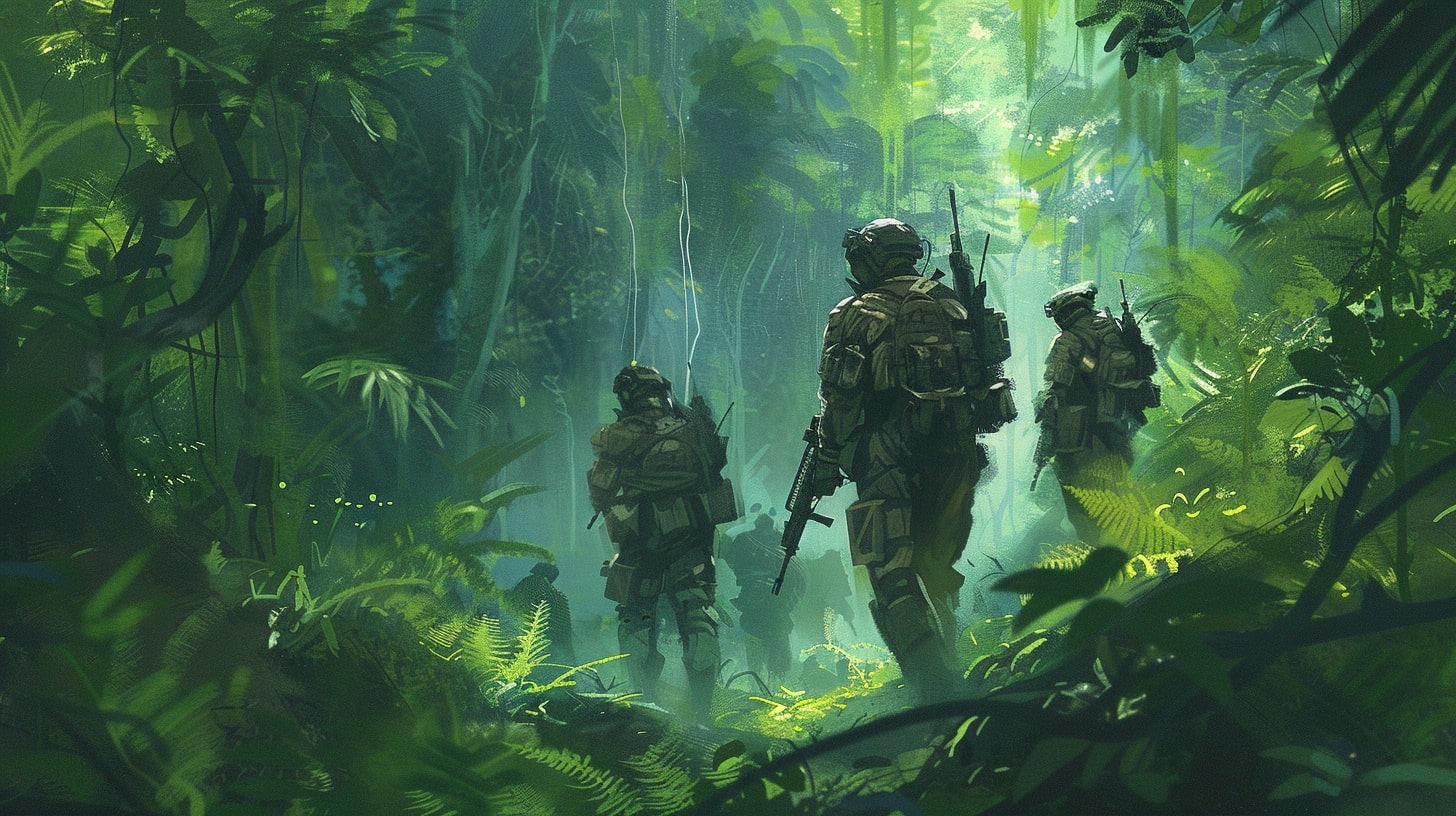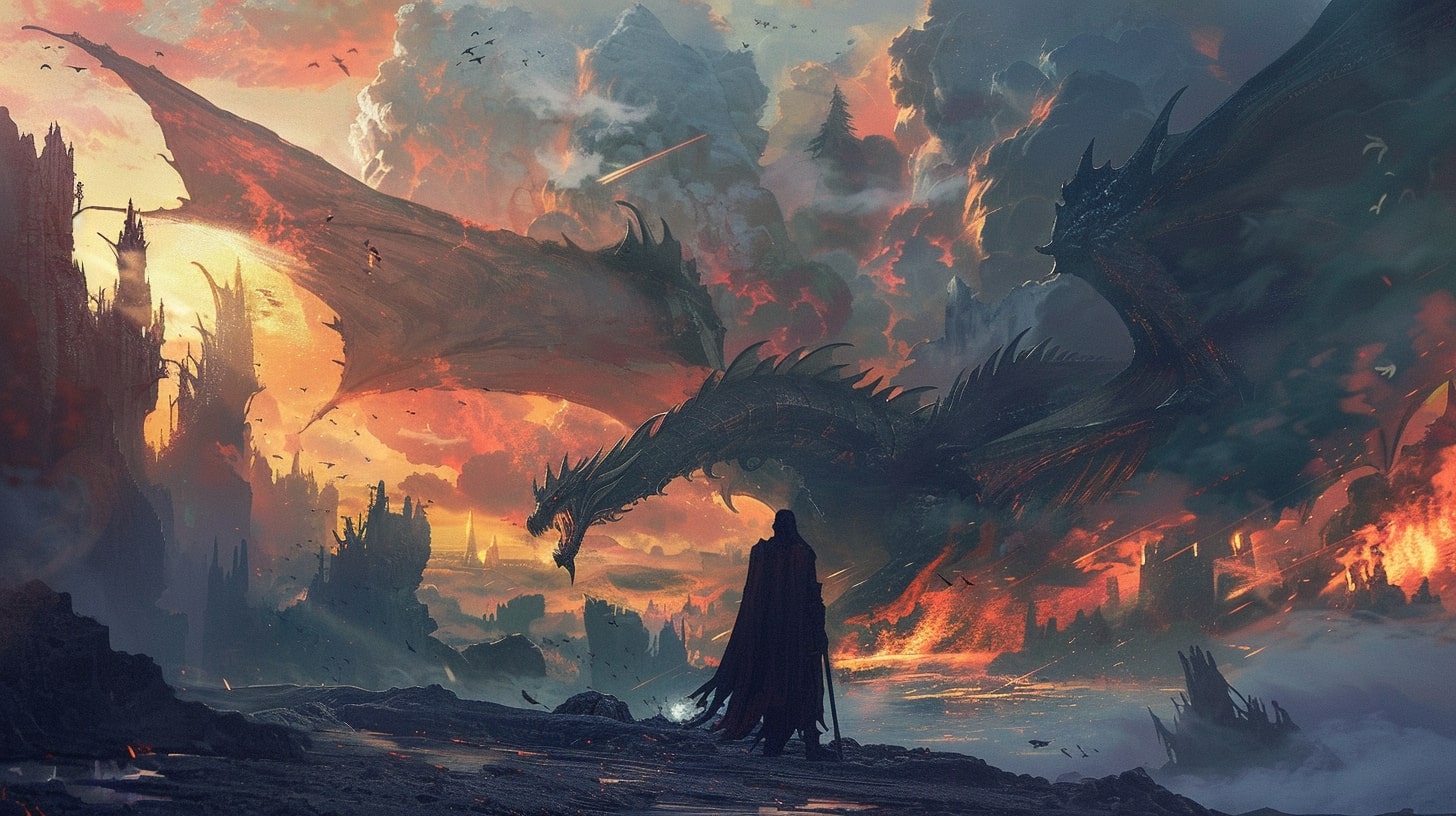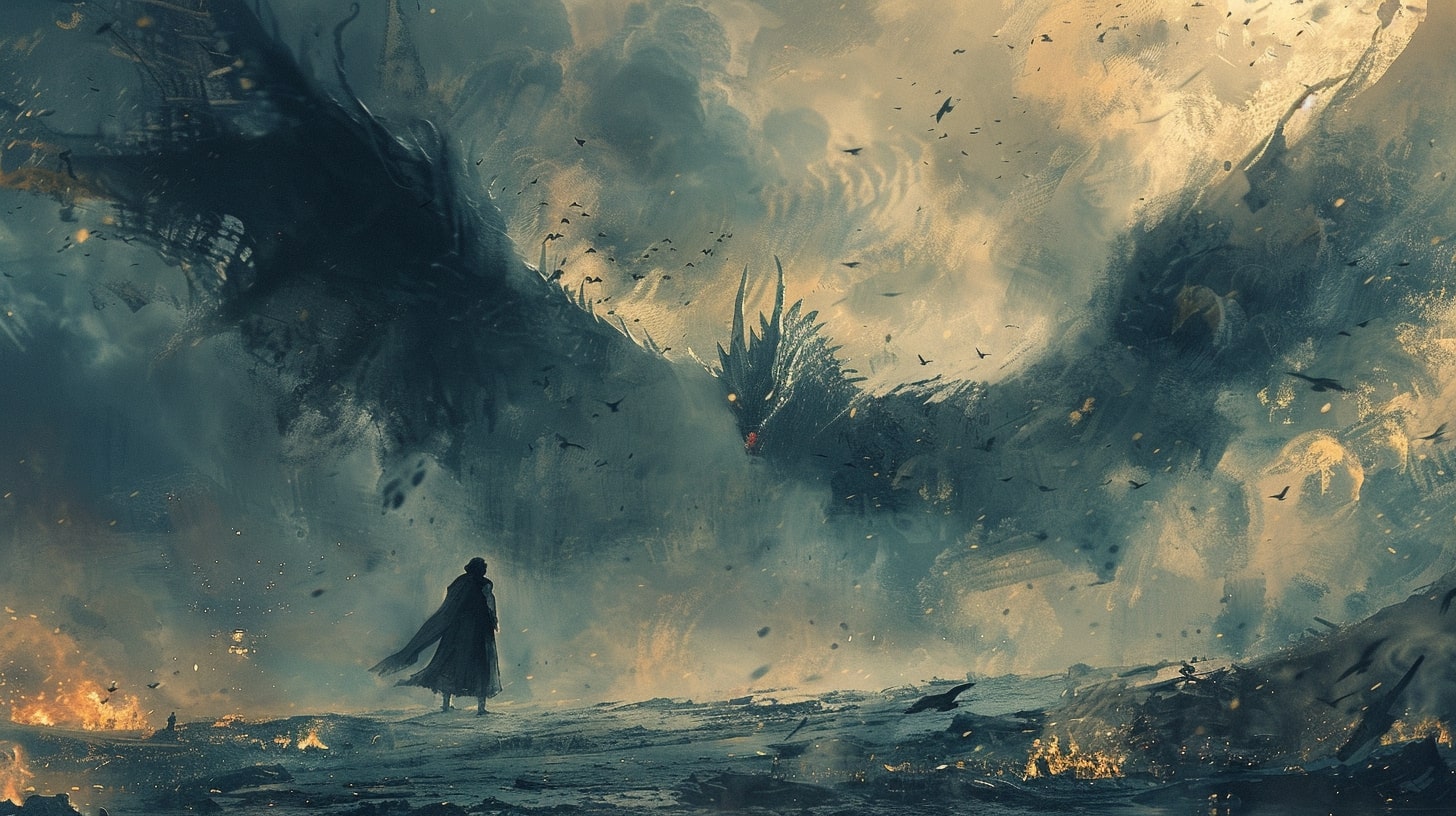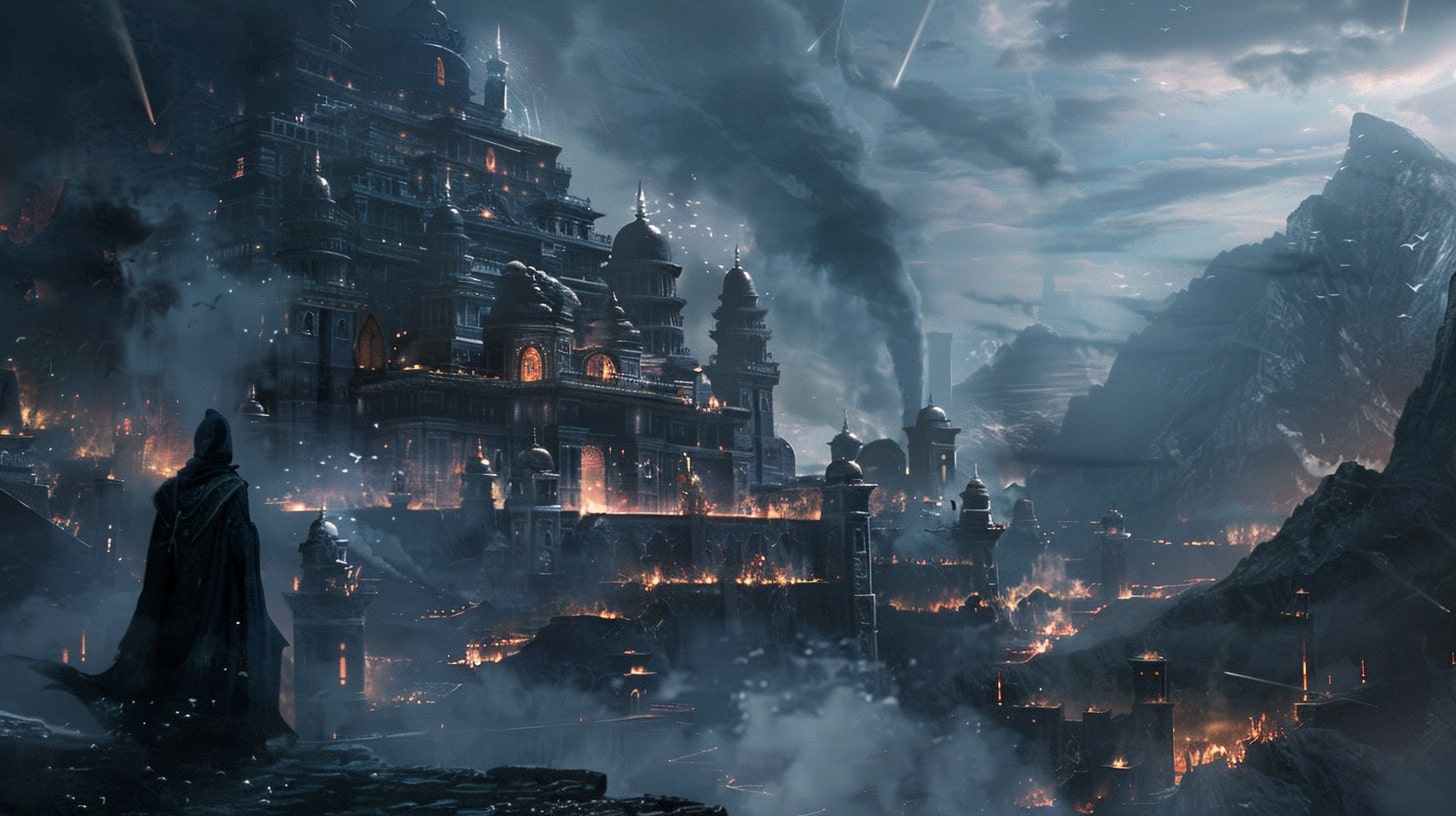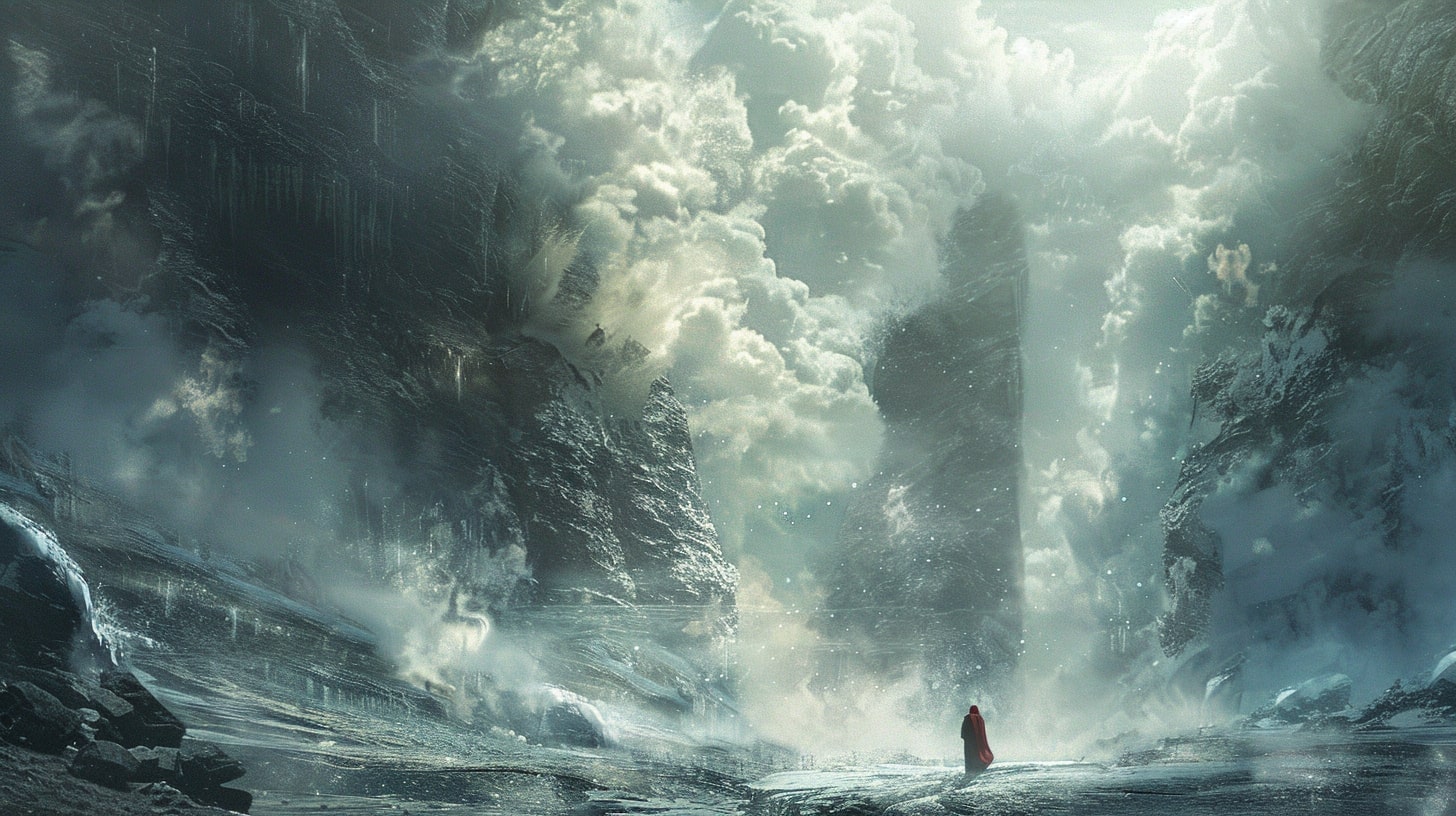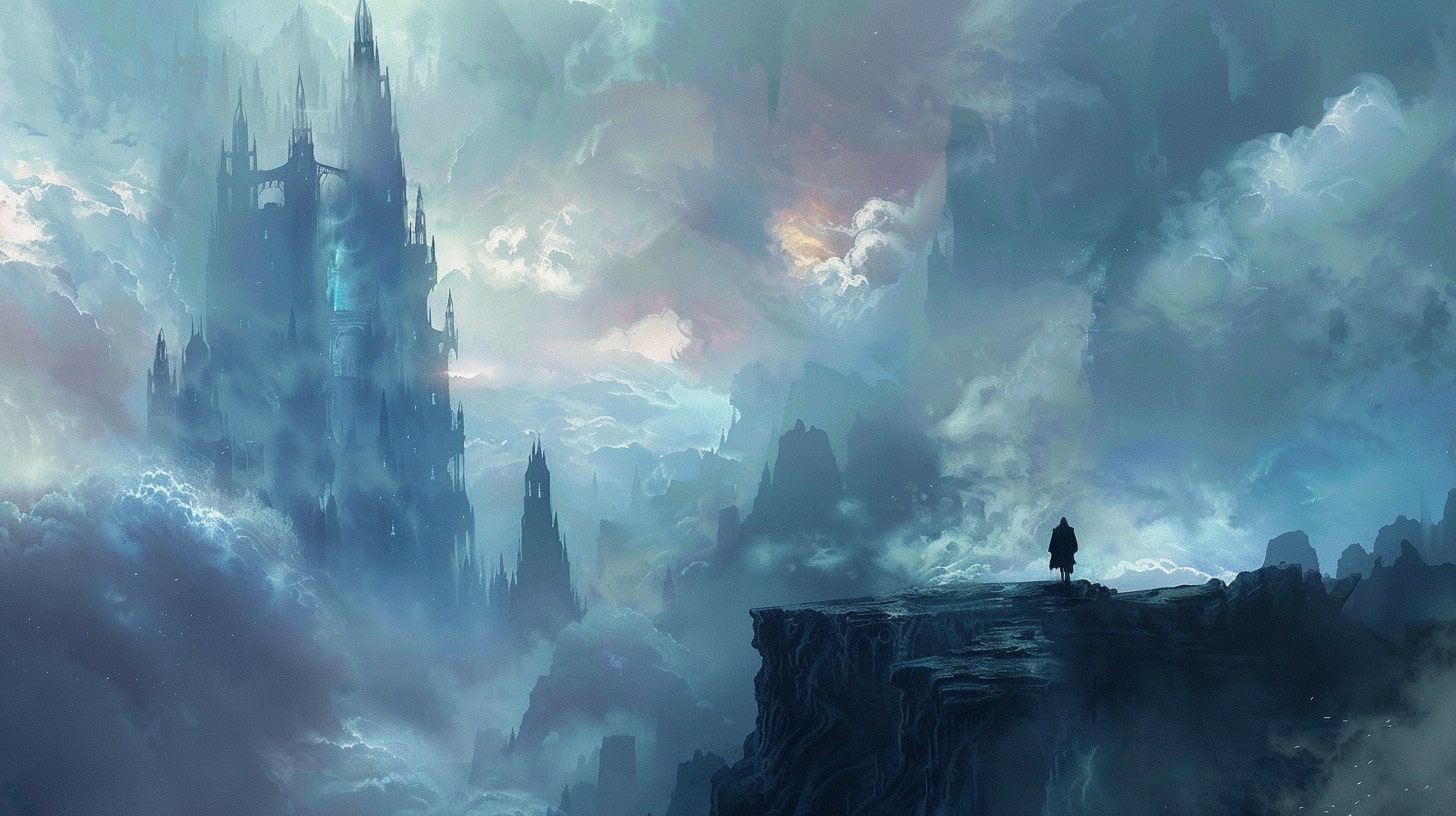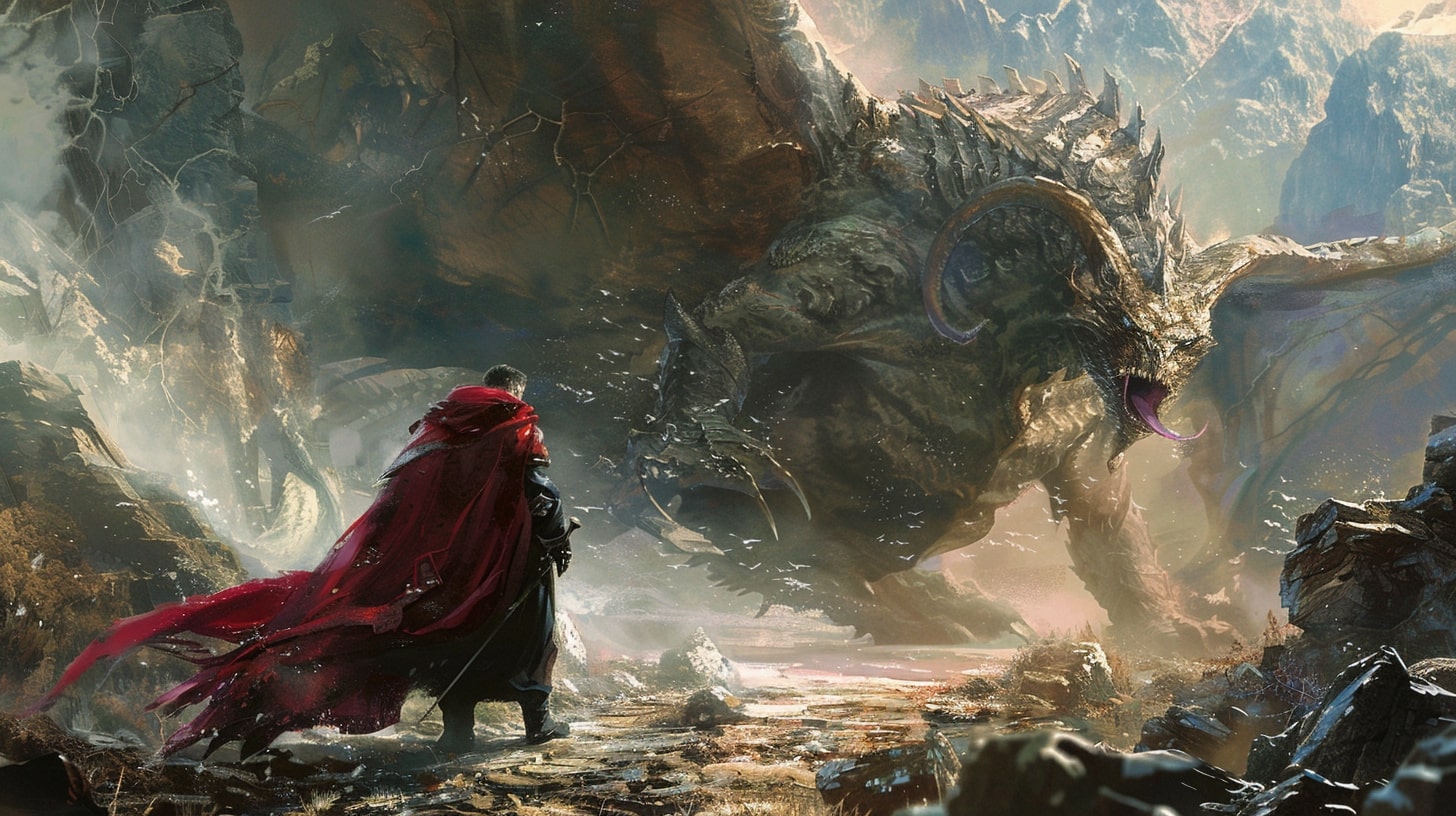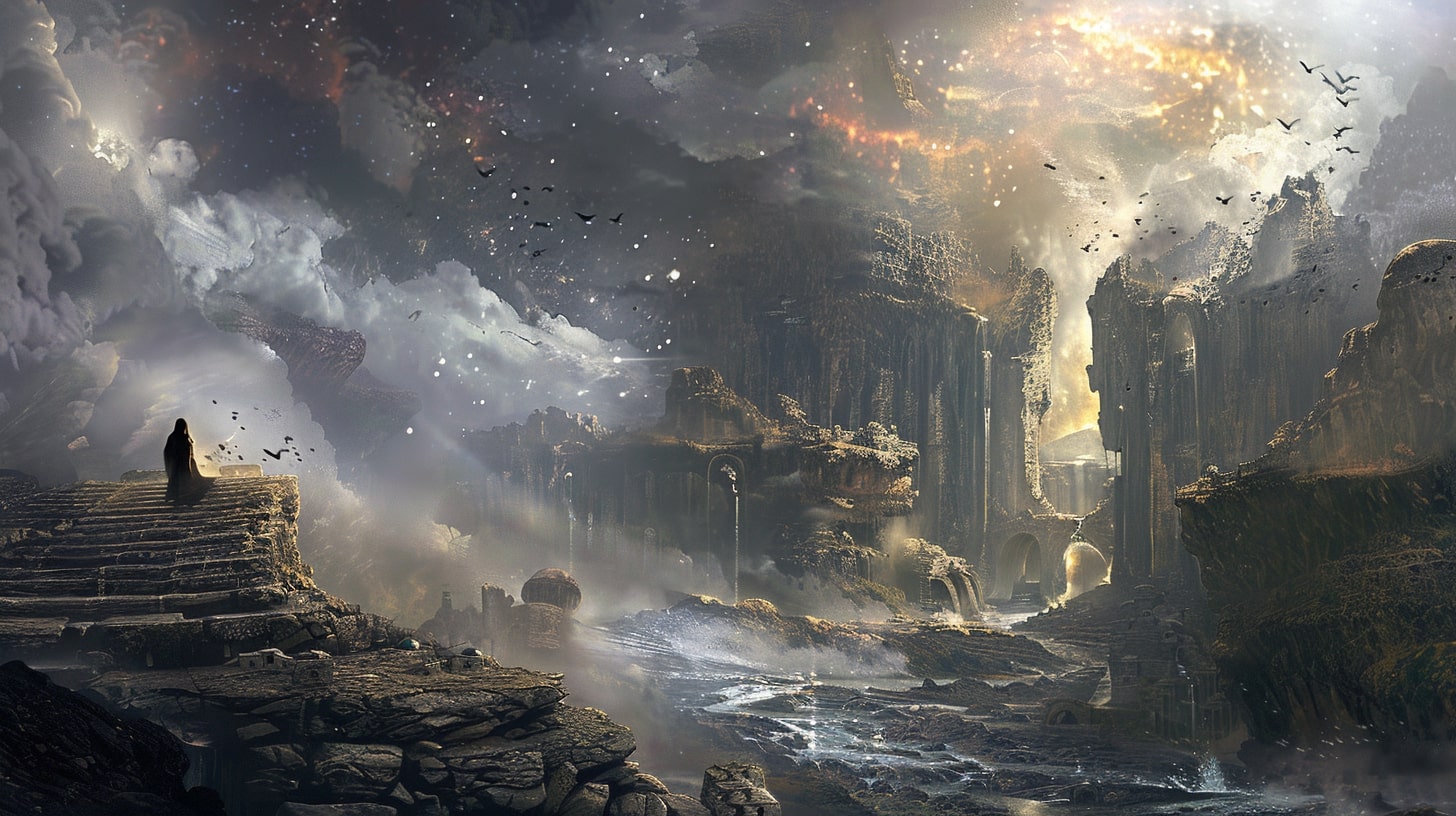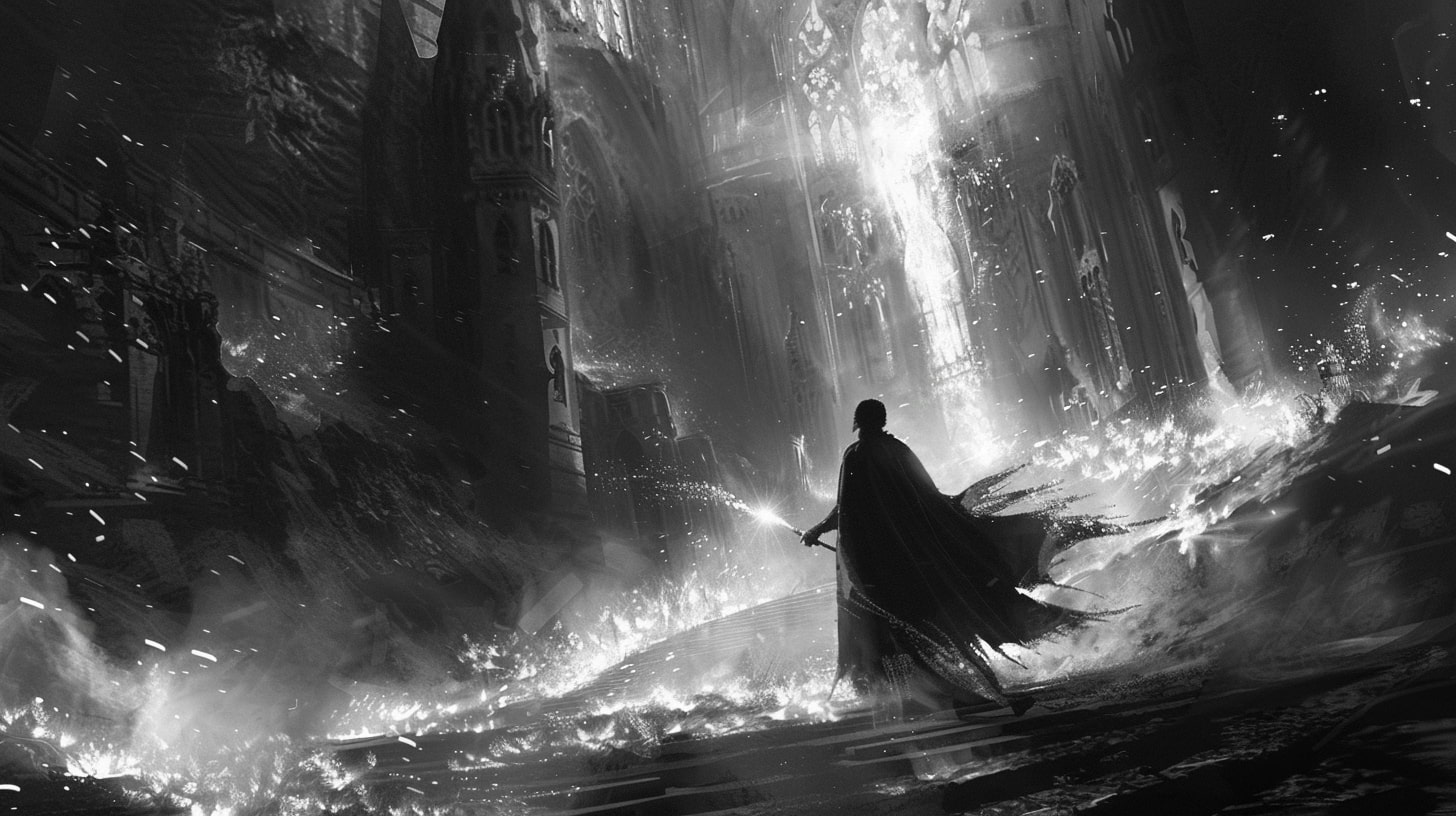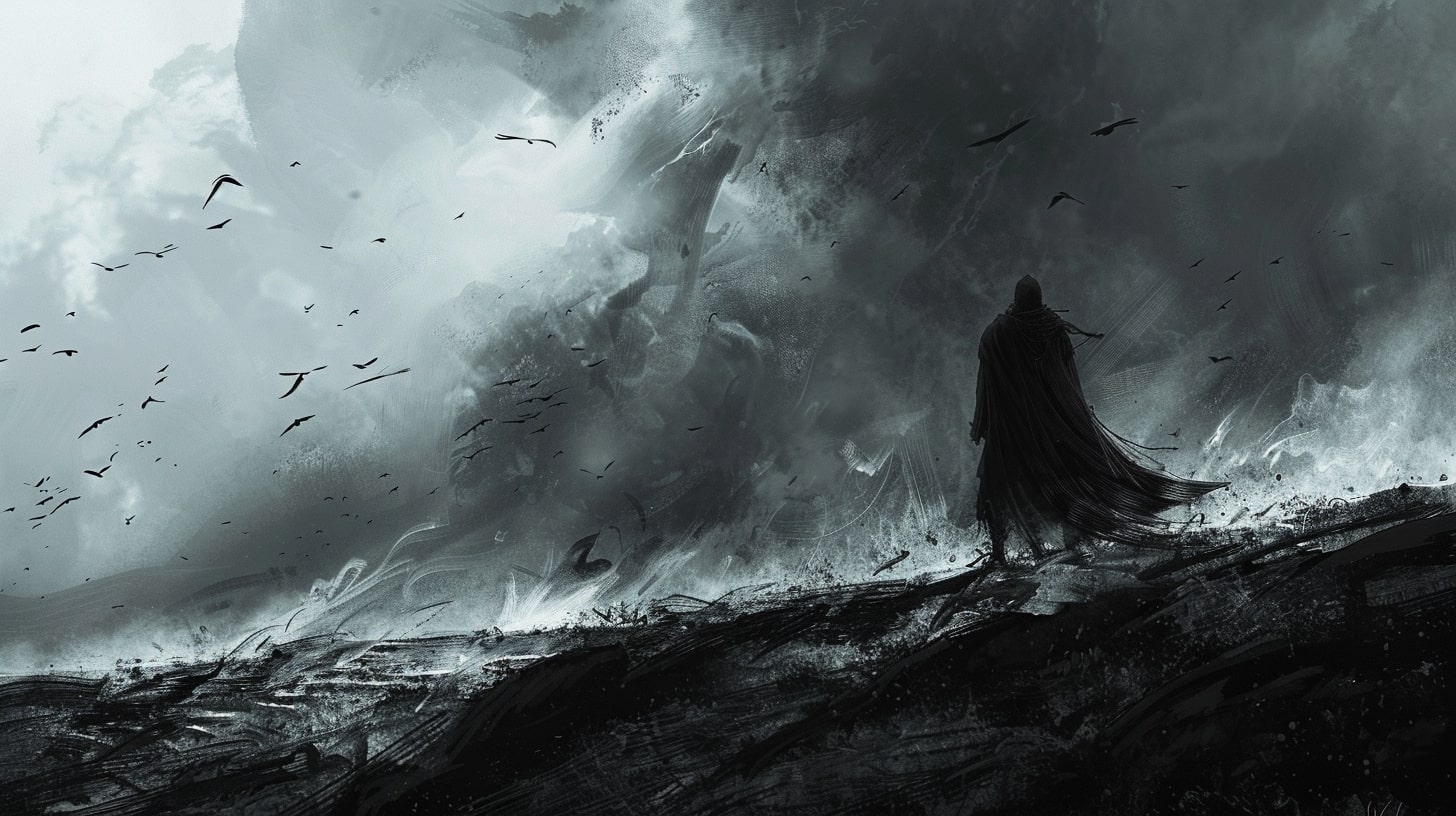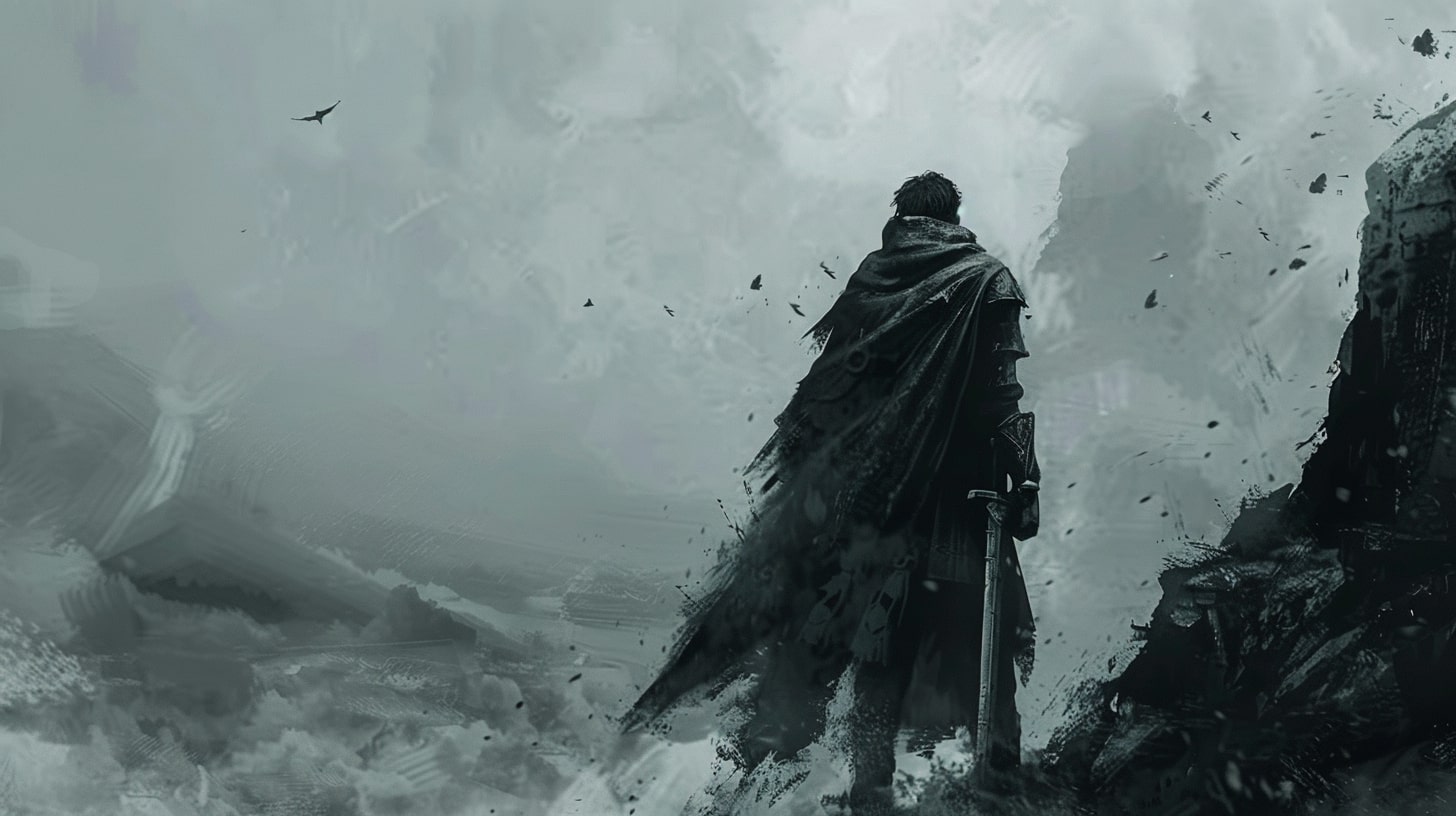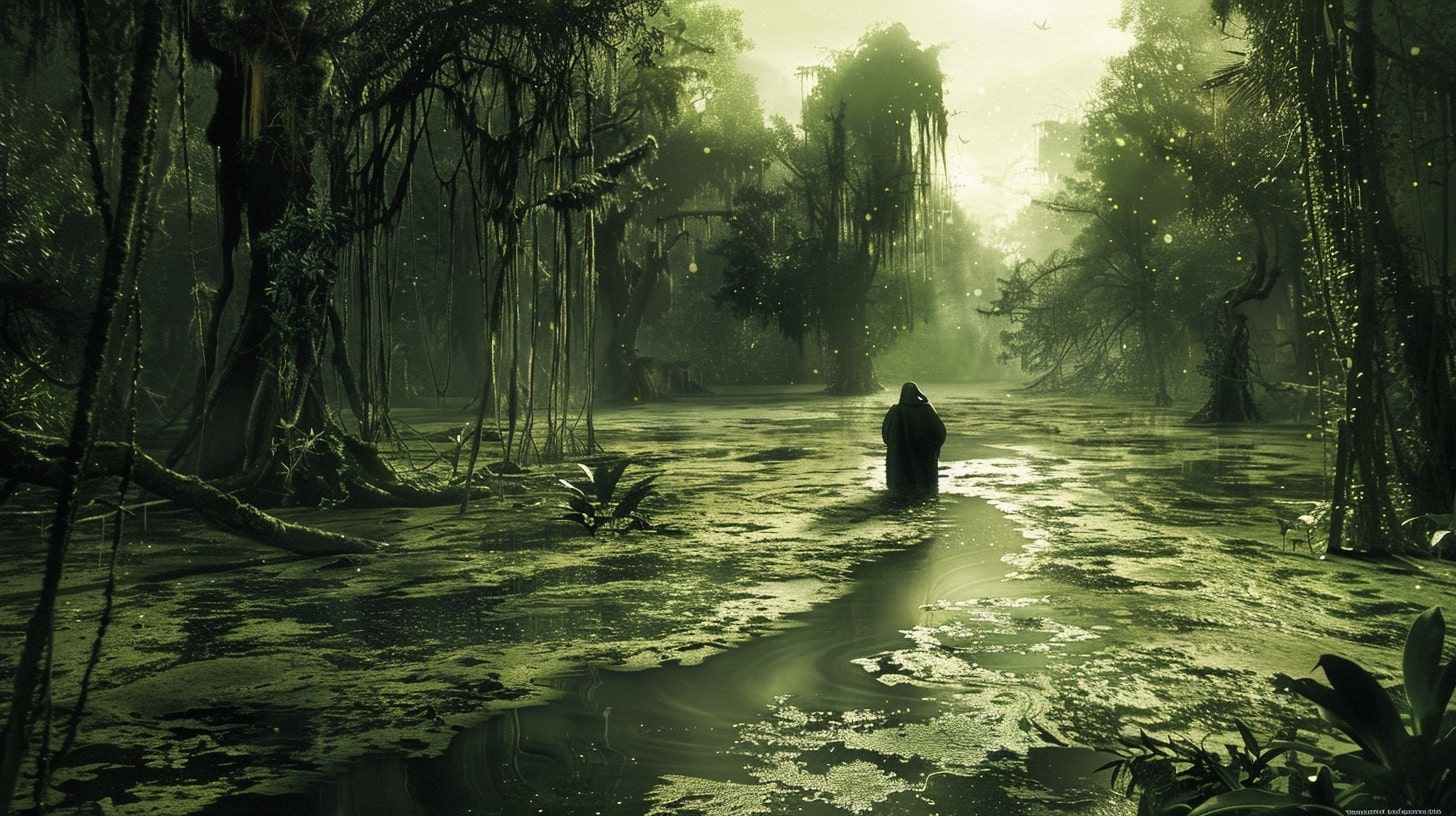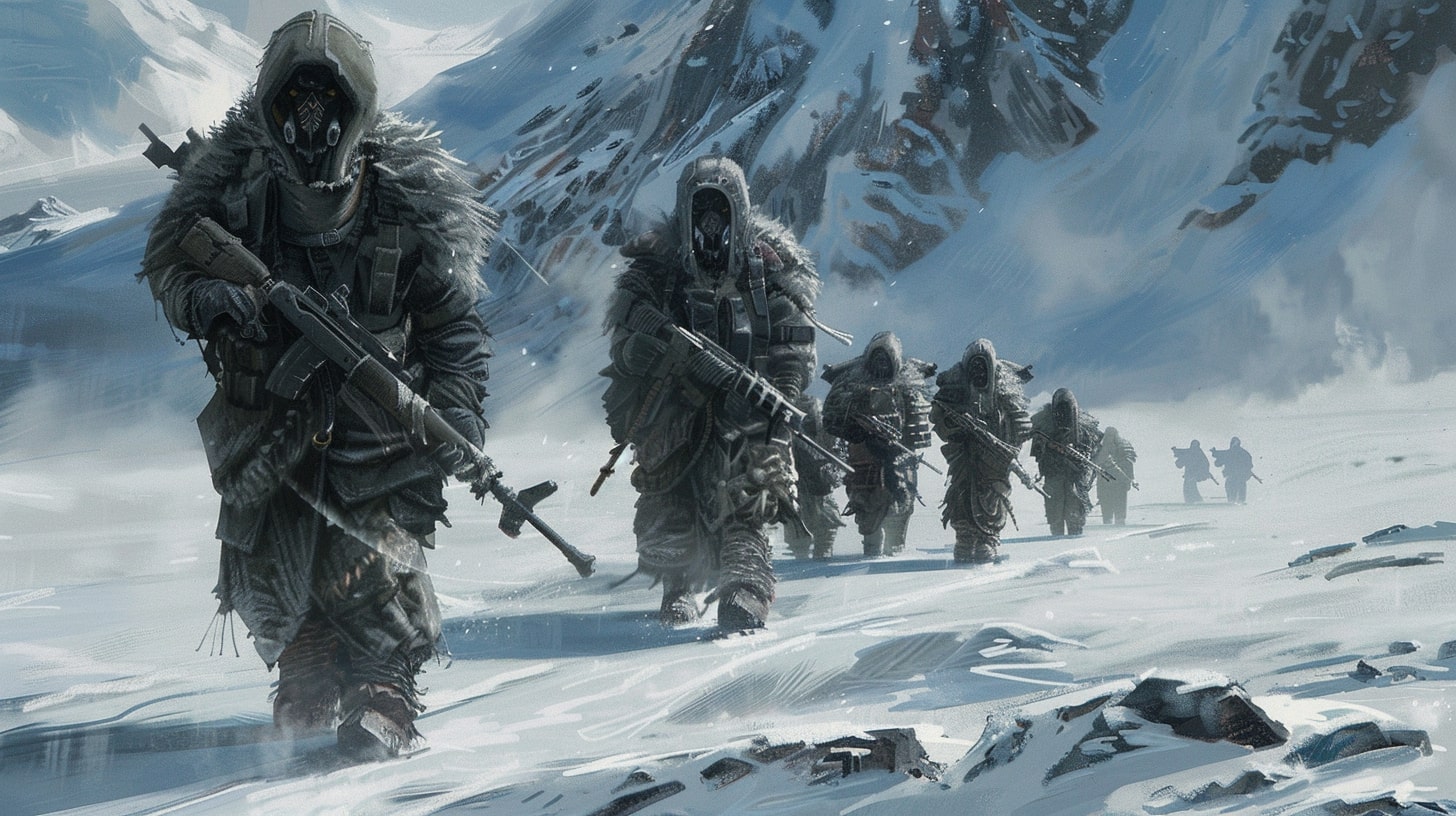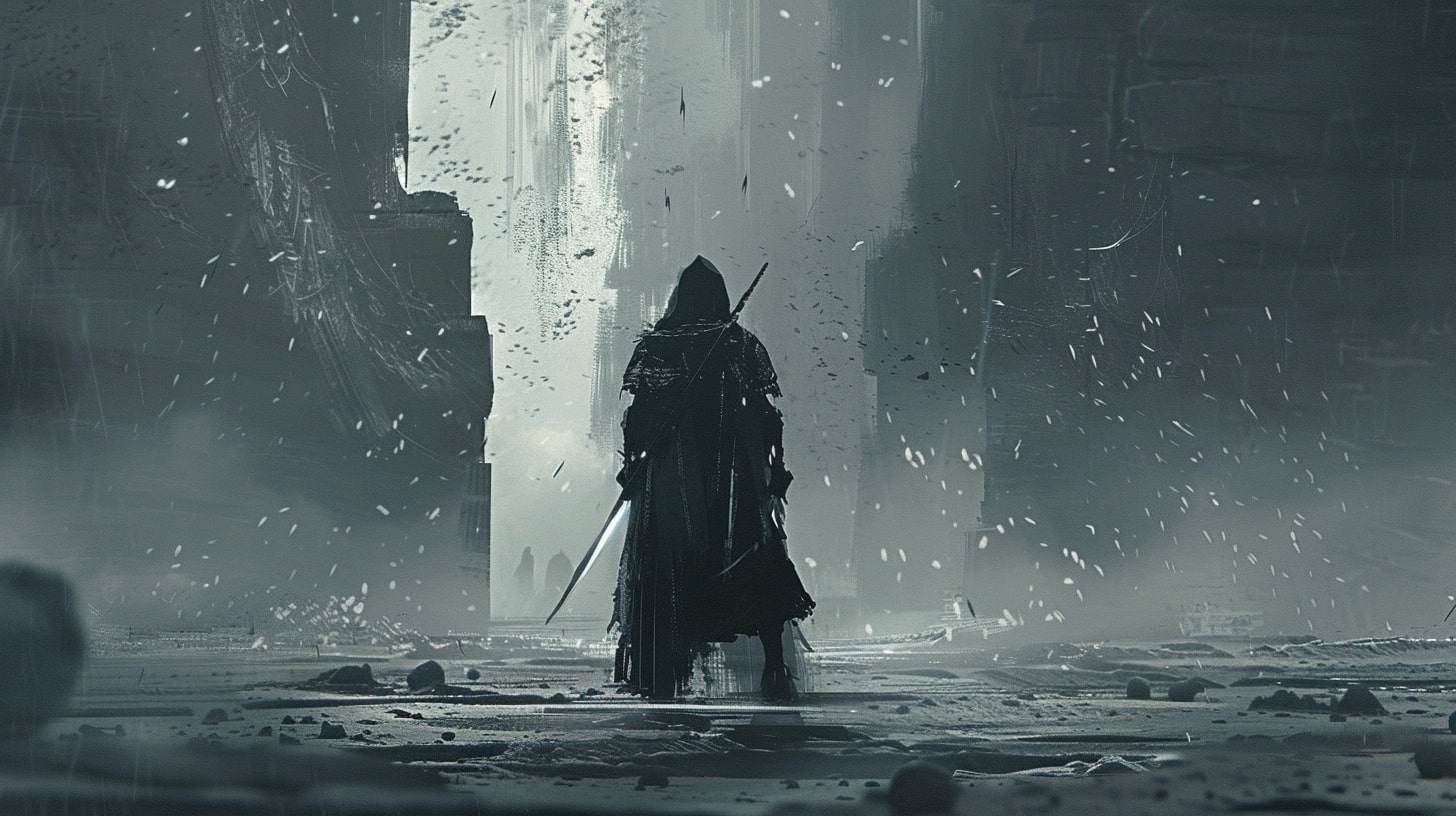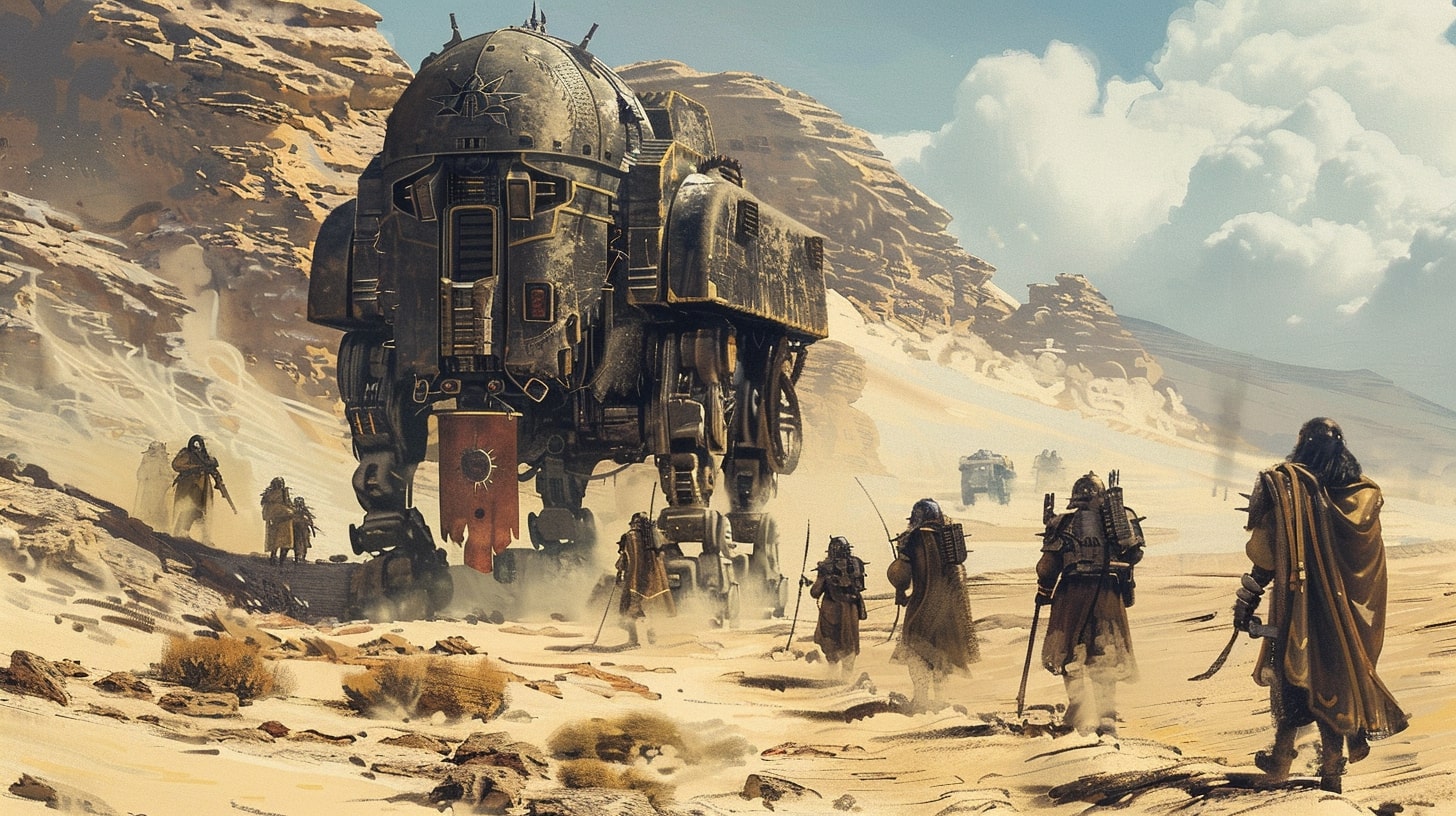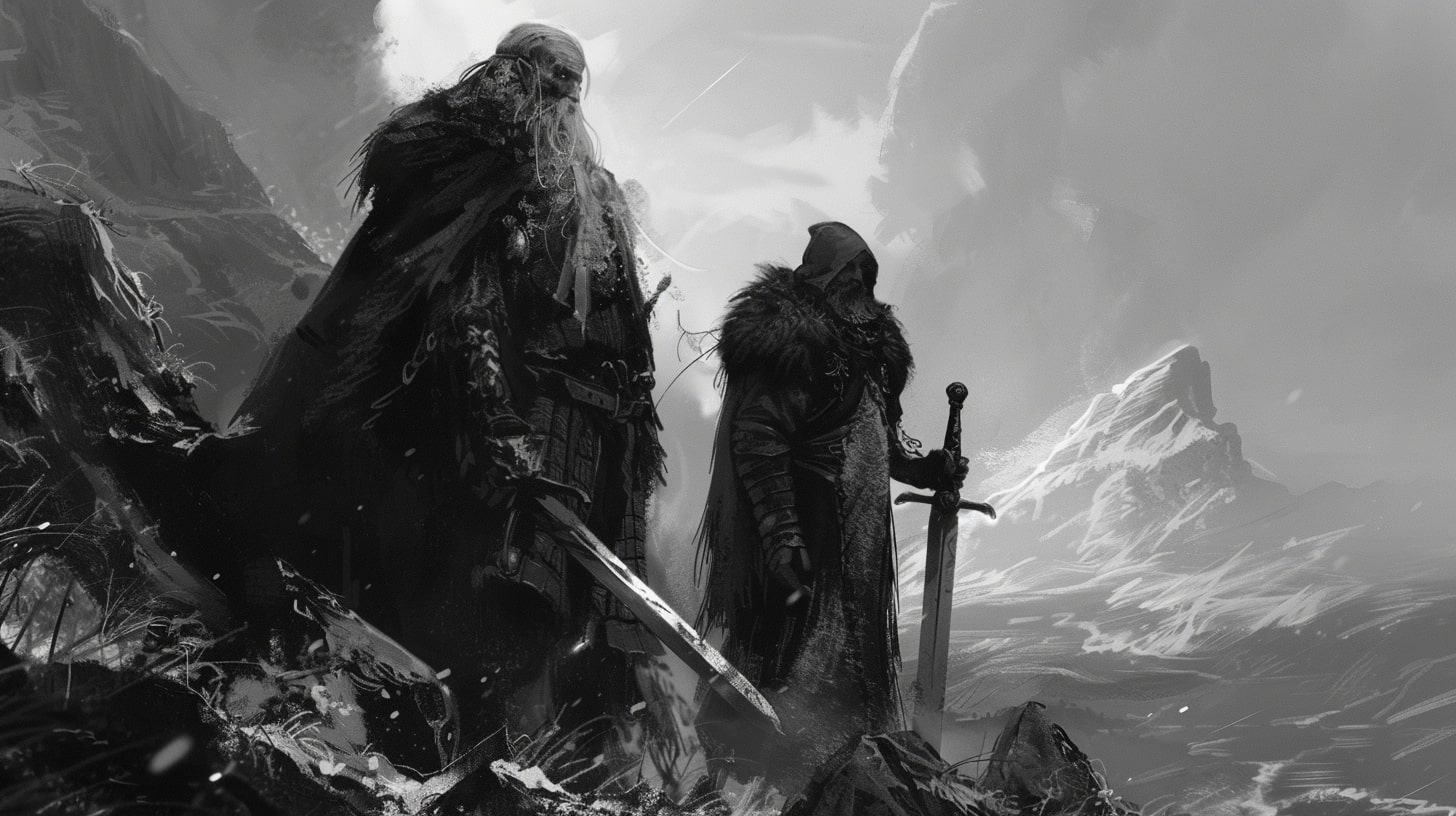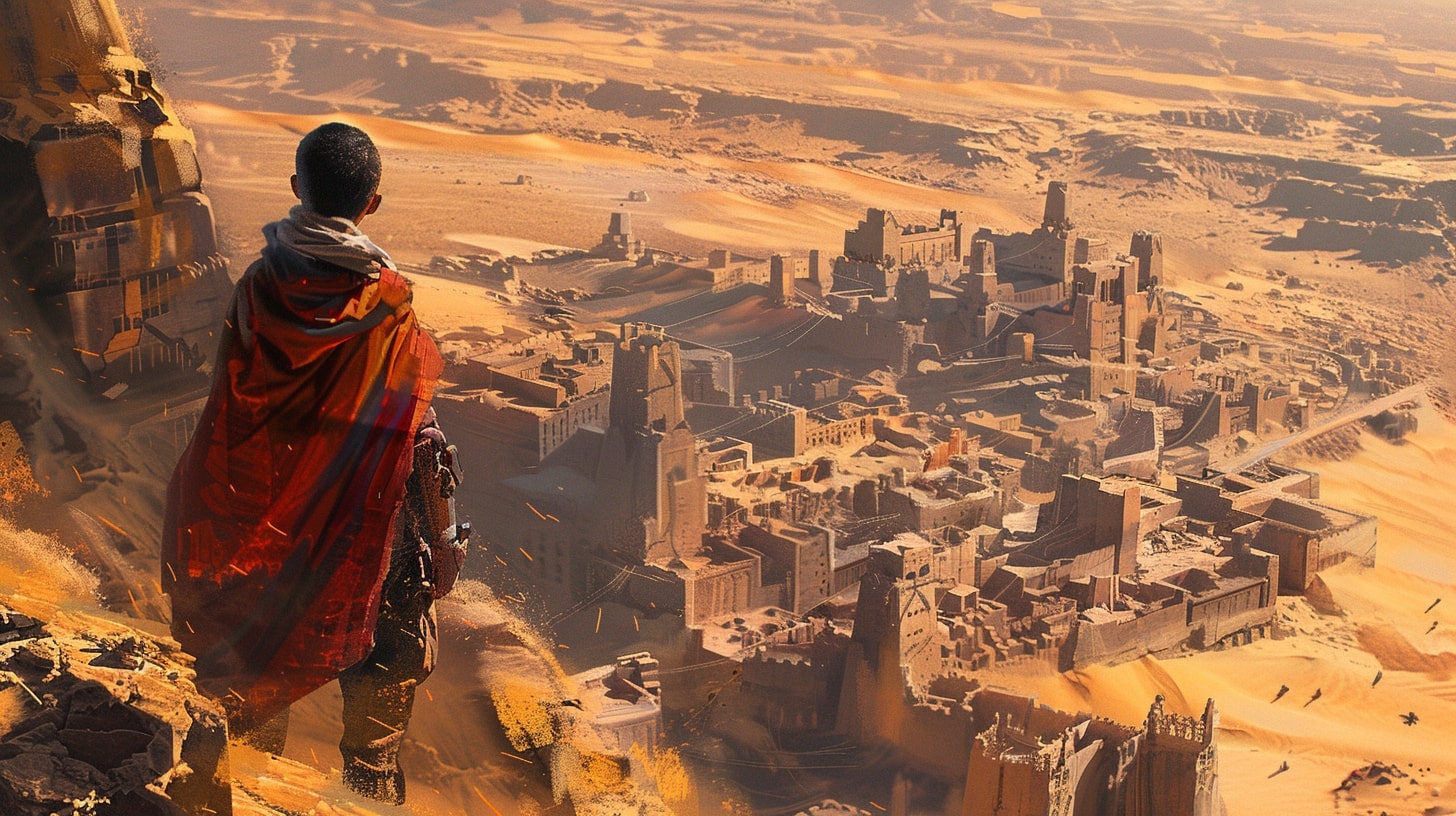The Magic of Character Relationships
In the enchanting world of storytelling, character relationships hold a special kind of magic. They can captivate your readers, tug at their heartstrings, and bring your fictional world to life.
So why exactly do character relationships and dynamics matter? And how can you create fictional bonds that leave a lasting mark on your audience? Let's find out as we dive deeper into character development!
Why Character Relationships Matter
Character relationships are the cornerstone of your story's emotional landscape. They provide the foundation for compelling conflicts, heartfelt connections, and moments of growth for your characters. By exploring and developing these relationships, you can deepen your readers' engagement with your story.
Think about it: real-life relationships shape us, influence our choices, and evoke a wide range of emotions. The same applies to the characters in your story. Whether it's a romantic entanglement, a sibling rivalry, or a deep friendship, these relationships add layers of complexity to your characters' journeys.
Creating Fictional Bonds That Leave a Mark
To create fictional bonds that resonate with your readers, it's important to focus on authenticity and depth. Your characters should feel like real people, with their own quirks, desires, and conflicts. Here are a few tips to help you craft compelling character relationships:
Study Real-Life Interactions: Observe how people interact in different relationships. Pay attention to the dynamics, the way they communicate, and the emotions involved. This can serve as inspiration for creating authentic and relatable character relationships.
Give Characters Unique Personalities: Characters with distinct personalities will naturally bring different dynamics to their relationships. Consider their strengths, weaknesses, and character traits. This will influence how they interact with others and create opportunities for conflict and growth.
Allow Relationships to Develop Organically: Just like in real life, relationships in fiction need time to evolve. Let your characters go through ups and downs, building trust, and facing challenges together. This gradual development will make their connections feel genuine and earned.
Remember, character relationships should serve a purpose in your story. They can drive the plot forward, deepen the emotional impact of key moments, or even transform your characters. By investing time and thought into crafting these relationships, you can create a rich and captivating narrative that will leave a lasting mark on your readers' hearts.
Now that you understand the magic behind character relationships, let's explore the different types of relationships you can weave into your story, from protagonist-antagonist dynamics to romantic entanglements, familial bonds, and friendships.

Types of Character Relationships and Dynamics
As a writer, you know that character relationships play a crucial role in storytelling. These relationships bring your characters to life, shaping their interactions and driving the plot forward. Let's explore some common types of character relationships that can add depth and complexity to your story.
Protagonist-Antagonist Relationships
Ah, the classic showdown between the hero and the villain! The protagonist-antagonist relationship is a staple in many stories. This dynamic pairing creates tension, conflict, and drives the plot. It's the clash between good and evil, light and darkness, or chaos and order.
The strength of this relationship lies in the opposition of goals and values, creating high stakes and raising the stakes for both characters. For more insights on developing a compelling antagonist, check out our article on developing a compelling antagonist.
Romantic Relationships
Love is in the air! Romantic relationships inject passion, desire, and emotional depth into your story. They can range from sweet and innocent to tumultuous and tempestuous.
Whether it's a slow-burning romance or an intense love-at-first-sight affair, these relationships add an extra layer of complexity to your characters. They can drive character growth, create conflict, and provide opportunities for emotional exploration. After all, who doesn't love a good love story?
Familial Relationships
Family ties run deep. Familial relationships encompass the bond between parents and children, siblings, and extended family members. These relationships are built on a foundation of shared history, unconditional love, and sometimes, a healthy dose of rivalry.
They can provide a sense of belonging, support, or even become a source of conflict. Exploring family dynamics can reveal a character's values, motivations, and shape their journey throughout the story.
Friendships and Companionships
Friends make the world a little brighter. Friendships and companionships bring warmth, humor, and camaraderie to your story. They can be forged through shared experiences, common interests, or simply a deep connection.
From the loyal sidekick to the quirky best friend, these relationships offer support, banter, and a shoulder to lean on. Friendships can serve as a source of comfort, provide comic relief, or challenge your characters to grow.
By incorporating various types of character relationships into your story, you create a rich tapestry of connections that resonate with your readers. These relationships can drive the plot, reveal character traits, and evoke powerful emotions.
Remember to develop each relationship authentically, considering the personalities, motivations, and histories of your characters. For more tips on creating memorable characters, check out our article on character development.
Now, go forth and weave compelling character relationships into your story. Your readers will be captivated by the bonds that form between your characters, and their hearts will be forever entwined with your fictional world.
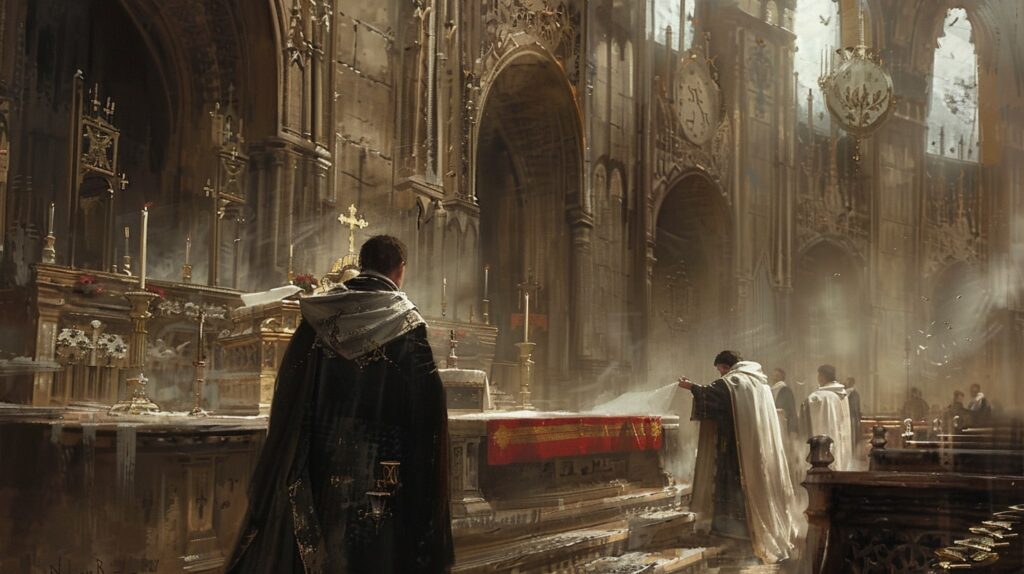
Dynamics and Conflict
In the world of storytelling, character relationships are not all rainbows and unicorns. It's the tension and conflict that truly make these relationships shine. So, let's dive into the power of tension and conflict, the art of developing complex dynamics, and the delicate balance of positive and negative interactions.
The Power of Tension and Conflict
Tension and conflict are the spice of life when it comes to character relationships. They add depth, excitement, and keep readers on the edge of their seats. Whether it's a clash of personalities, conflicting goals, or a difference in values, the presence of tension and conflict creates realistic and engaging dynamics.
Think about it: would you want to read about characters who always agree and get along swimmingly? Yawn! No way! Instead, we crave the juicy drama that arises from characters with opposing viewpoints or conflicting desires.
This tension creates opportunities for growth, change, and unexpected plot twists. So, don't shy away from the power of tension and conflict in your character relationships.
Developing Complex Dynamics
Complex dynamics are the secret sauce that makes character relationships captivating. To achieve this, you need to go beyond simple labels and stereotypes. Instead, focus on developing characters with unique personalities, motivations, and flaws. Explore the intricacies of their interactions and how they respond to various situations.
For example, a close friendship can have layers of complexity. Maybe one friend is fiercely loyal, but also overprotective. Perhaps they have shared goals and interests, but their different approaches cause friction. By delving into these complexities, you create multi-dimensional characters and relationships that feel authentic and relatable.
Balancing Positive and Negative Interactions
While tension and conflict are vital, it's important to strike a balance with positive interactions. Too much conflict can become exhausting for both the characters and the readers. Positive interactions, such as moments of support, humor, or shared joy, provide relief and allow the audience to connect with the characters on a deeper level.
Consider the delicate dance between a protagonist and their sidekick. They may have their fair share of disagreements and differing opinions, but it's the moments of camaraderie and mutual understanding that make their bond strong. By balancing positive and negative interactions, you create a more nuanced and realistic portrayal of character relationships.
To explore more about the art of crafting memorable character relationships, check out our article on character development in worldbuilding. It's packed with tips and insights to help you create compelling and nuanced connections between your characters.
Remember, dynamics and conflict are the spice that brings character relationships to life. Embrace the power of tension, develop complex dynamics, and find the delicate balance between positive and negative interactions. Your readers will thank you for the rollercoaster of emotions and the unforgettable relationships you create along the way.
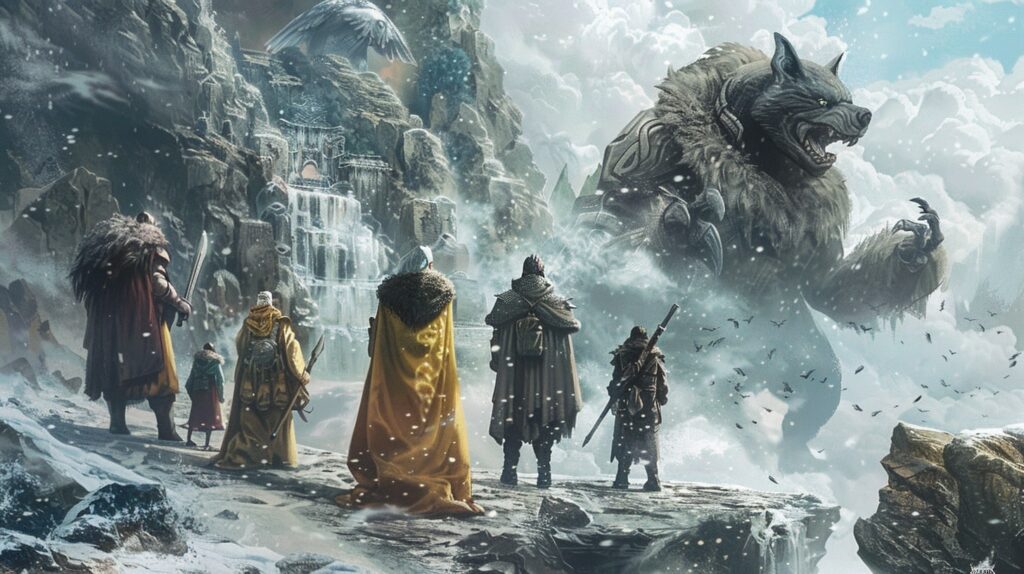
Building Strong Relationships
To create compelling and memorable character relationships, it's essential to establish a strong foundation. By focusing on elements such as shared goals and interests, trust and loyalty, and allowing relationships to evolve over time, you can craft dynamic and realistic connections between your characters.
Shared Goals and Interests
One way to build a strong relationship between characters is by giving them shared goals and interests. Whether it's a common mission, a shared passion, or a mutual objective, having something that unites the characters creates a sense of camaraderie and teamwork.
This shared purpose can provide opportunities for collaboration, conflict resolution, and growth within the relationship. Remember, it's not just about the characters having the same goals, but also about how they pursue them and the challenges they face along the way.
| Example: In a fantasy novel, two characters with a common goal of saving their kingdom from an evil sorcerer form a deep bond as they embark on a perilous journey together. Their shared goal creates a strong foundation for their relationship as they rely on each other's strengths and support each other through adversity.
Trust and Loyalty
Trust and loyalty are crucial elements in any relationship, including fictional ones. Characters who trust and rely on each other create a sense of security and closeness. Trust can be built through shared experiences, open communication, and demonstrating reliability.
Loyalty, on the other hand, is about standing by one another through thick and thin, even in the face of challenges or conflicts. These traits can deepen the bond between characters and make their relationship feel authentic and meaningful.
| Example: In a mystery novel, a detective and their loyal partner work together to solve a complex case. Their unwavering trust and loyalty enable them to overcome obstacles and unravel the truth. The trust they have in each other's abilities and their commitment to the pursuit of justice strengthens their partnership.
Evolving Relationships Over Time
Just like real-life relationships, fictional relationships should evolve and change over time. Characters should grow, learn, and adapt, and their relationships should reflect these transformations.
As the story progresses, the dynamics between characters can shift, leading to new challenges, conflicts, or even deeper connections. By allowing relationships to evolve organically, you can create authentic and multi-dimensional interactions that resonate with readers.
| Example: In a coming-of-age novel, two childhood friends experience a growing distance as they navigate different paths in life. However, through a series of events, they rediscover their connection and develop a stronger bond as they support each other's personal growth, ultimately realizing the true value of their friendship.
By focusing on shared goals and interests, trust and loyalty, and allowing relationships to evolve naturally, you can create strong and impactful character relationships. These elements add depth and richness to your storytelling, capturing the hearts and minds of readers.
So, go forth and build those bonds between your characters, and watch as their relationships become one of the highlights of your story!
Using Relationships to Drive the Plot
In the world of storytelling, character relationships play a crucial role in driving the plot forward and engaging the reader. By strategically utilizing relationships, writers can create compelling narratives that keep readers hooked until the very end. In this section, we'll explore how relationships can serve as plot devices, deepen the emotional impact of the story, and even lead to transformative experiences for the characters involved.
Relationships as Plot Devices
Character relationships can function as powerful plot devices, propelling the story forward and introducing new conflicts and challenges. Whether it's a forbidden love affair, a betrayal between friends, or a rivalry between protagonist and antagonist, these relationships add complexity and tension to the narrative.
By leveraging relationships as plot devices, writers can introduce unexpected twists and turns, creating suspense and keeping readers engaged. Internal conflicts within characters' relationships can mirror external conflicts, generating a rich tapestry of intertwined storylines. This interplay between characters and their relationships adds depth and realism to the overall plot.
Deepening the Emotional Impact
Well-developed character relationships have the ability to evoke strong emotions in readers. The more readers invest in the relationships between characters, the more they will be emotionally invested in the story as a whole.
By creating relatable and authentic relationships, writers can tug at the heartstrings of their audience, eliciting empathy, joy, sorrow, and everything in between.
Through the ups and downs of relationships, writers can explore universal themes of love, friendship, loyalty, and sacrifice. By showcasing the complexities of human connections, writers can tap into the shared experiences and emotions of their readers, forging a deep emotional bond between the audience and the story.
Transformative Relationships
Some of the most impactful character relationships are those that bring about transformation and growth. When characters interact with one another, their beliefs, values, and perspectives may change, leading to personal development and self-discovery. These transformative relationships can be catalysts for profound character arcs, altering the trajectory of the story and the characters' lives.
Whether it's a mentor guiding a young hero, a friendship that helps a character overcome their flaws, or a familial bond that brings healing and reconciliation, transformative relationships provide opportunities for characters to evolve and learn. These relationships can serve as powerful tools for exploring themes of redemption, forgiveness, and personal growth.
By using relationships to drive the plot, deepening emotional impact, and showcasing transformative experiences, writers can create dynamic and engaging narratives that resonate with readers.
Crafting believable and compelling character relationships is a skill that takes time and practice, but the rewards are well worth the effort. So go ahead, explore the intricacies of your characters' relationships, and watch as your story comes to life.
Tips for Crafting Memorable Relationships
Creating compelling and memorable character relationships is essential in storytelling. To bring your characters and their interactions to life, consider the following tips:
Study Real-Life Interactions
Observing real-life interactions can provide valuable insights into human behavior and dynamics. Pay attention to how people communicate, the nuances of their relationships, and the conflicts that arise. By observing and understanding real-life relationships, you can infuse your fictional relationships with authenticity and relatability. So, grab your detective hat and people-watch like a pro!
Give Characters Unique Personalities
To create engaging relationships, it's important to develop characters with unique personalities and traits. Each character should have their own quirks, strengths, weaknesses, and motivations.
By giving them distinct personalities, you can explore how these traits affect their interactions with others. This will result in more dynamic and interesting relationships that readers will remember long after they've closed the book.
Need inspiration for character personality traits? Check out our article on character personality traits for ideas that will make your characters shine.
Allow Relationships to Develop Organically
Just like in real life, relationships in fiction should evolve naturally over time. Avoid rushing or forcing relationships for the sake of plot convenience. Instead, let the characters' interactions and shared experiences shape the development of their relationships.
Allow conflicts and resolutions to occur organically, creating depth and realism in the process. Remember, Rome wasn't built in a day, and neither are meaningful and memorable relationships.
By studying real-life interactions, giving characters unique personalities, and allowing relationships to develop organically, you can create character relationships that resonate with readers and add depth to your storytelling.
So, grab your pen, summon your characters, and let the magic of their relationships unfold on the page!
For more tips on character development, check out our articles on character development worksheet and character backstory ideas. Happy writing!

